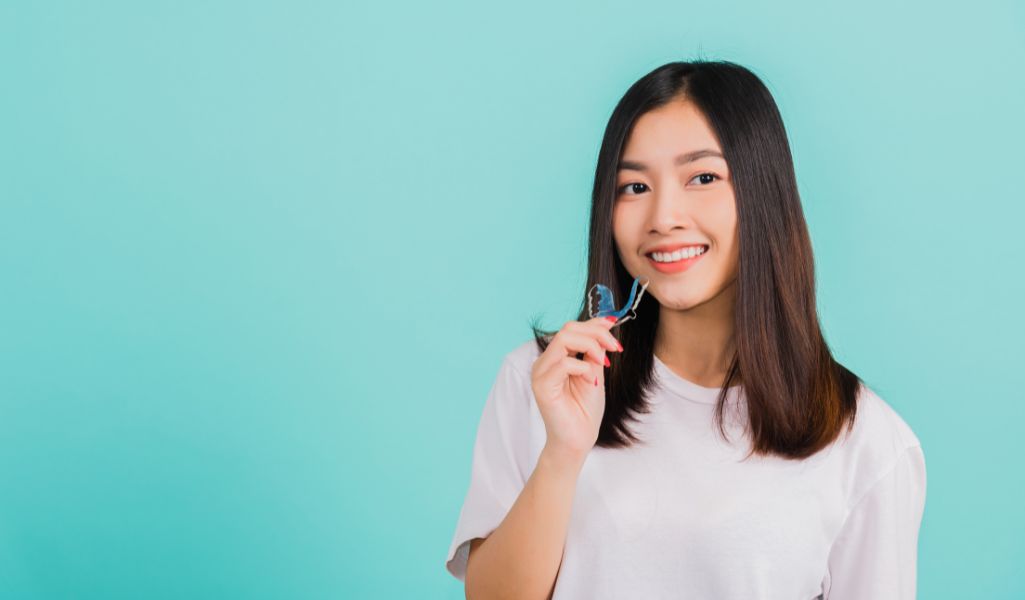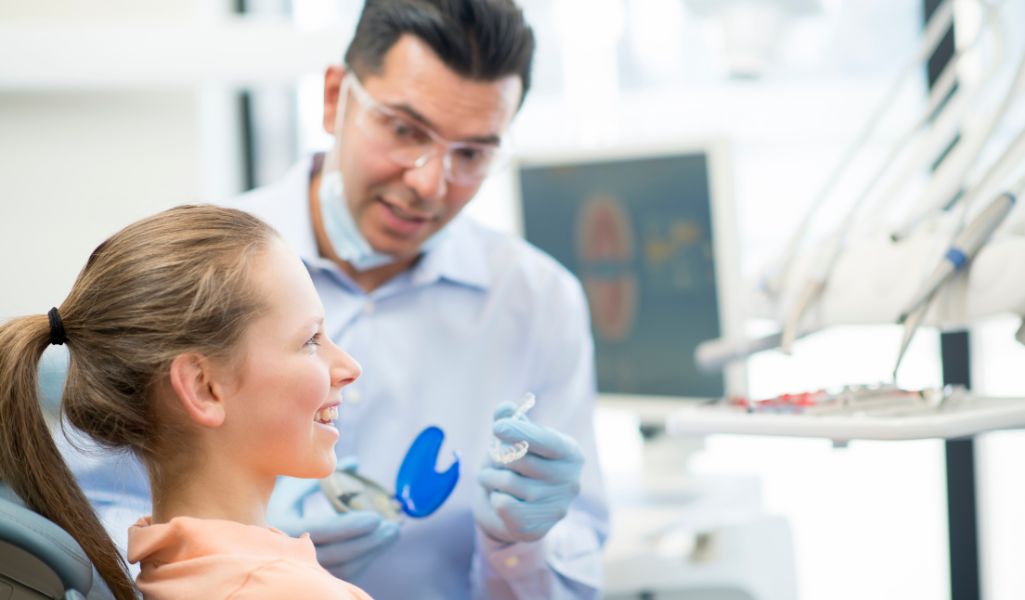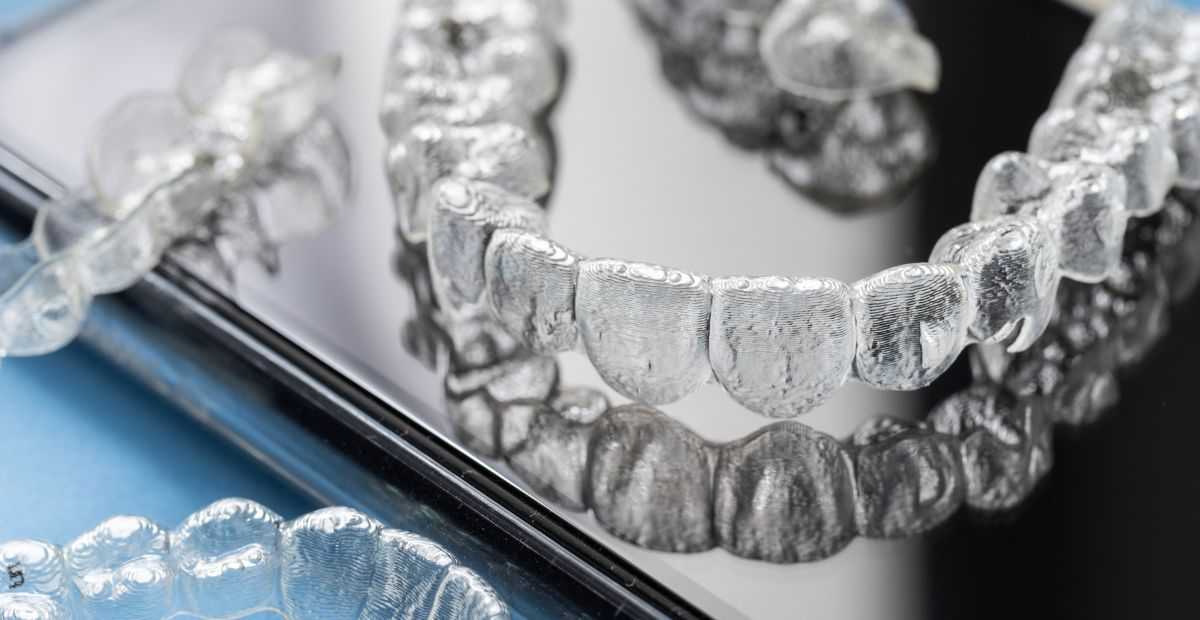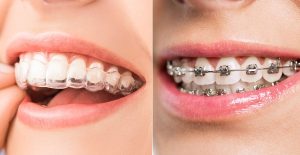Life After Clear Aligners: Retainers and Long-Term Smile Maintenance
Achieving the perfect smile with clear aligners like Invisalign is an exciting milestone. But your orthodontic journey doesn’t end once the aligners are removed. Maintaining that beautiful, straight smile requires ongoing care, and that's where retainers come into play. This guide will help you understand why retainers are essential after your orthodontic treatment, how they work, and how to maintain your flawless smile for years to come.
A dental retainer is a custom-made appliance designed to hold your teeth in their newly aligned position after completing orthodontic treatment. Whether you've undergone treatment with traditional metal braces, ceramic braces, or Invisalign clear aligners, your teeth need continued support to avoid shifting back to their original position. Retainers help prevent this relapse.

Retainers come in different types, and most patients wear them at night. In some cases, your orthodontist might recommend wearing them during the day at first. Without a retainer, your teeth may gradually revert to their previous misalignment, potentially undoing the work you've put into straightening them.
You might wonder, "Why do I need a retainer after Invisalign or braces?" Here’s why:
Even after finishing your orthodontic treatment, your teeth are still settling into their new positions. The surrounding bone and tissues need time to stabilize, and there’s a risk of your teeth shifting back to their original positions. This is especially common if you had issues like an overbite, underbite, or crowded teeth before treatment. Wearing a retainer prevents these shifts and gives your teeth the support they need during the adjustment period.
Orthodontic treatment, whether with Invisalign aligners or metal braces, represents a significant investment of time and money. Wearing a retainer is a simple way to protect that investment. It ensures that your smile stays exactly as you envisioned, so you don’t have to go through treatment again.
If you skip wearing your retainer, your teeth may begin to shift back to their previous positions. This is a common occurrence after orthodontic treatments like clear aligners or braces, especially in cases of crowded teeth, deep bites, or crossbites. Without a retainer, relapse is a real risk that can undo all your hard work.
Your orthodontist or Invisalign provider will help you choose the best retainer for your needs based on your treatment and lifestyle. Below are the most common types of retainers:
Hawley retainers are the traditional option, made from a combination of metal and acrylic. These retainers are durable, adjustable, and can be easily fixed if they become damaged. They’re ideal for patients who need long-term teeth stabilization.
Essix retainers are clear, custom-made, and virtually invisible, making them a great choice for those who want a discreet option. These retainers are often preferred by individuals who completed treatment with clear aligners or Invisalign due to their similar appearance.
A permanent retainer consists of a thin wire bonded to the back of your teeth, typically on the lower or upper jaw. This option provides continuous support and is perfect for patients at a higher risk of relapse. For example, those who had severe crowding or deep bites may benefit from a permanent retainer.

If you’ve completed your treatment with Invisalign, you can often continue using your aligners as retainers. This makes the transition easy for those who are already accustomed to wearing aligners. Your Invisalign provider can adjust your aligners to function as retainers, keeping your teeth in place.
Lingual retainers are similar to permanent retainers, but they’re placed on the inside of your teeth, making them invisible from the outside. This option is great for those who prefer discreet, long-term maintenance.
The length of time you’ll need to wear your retainer depends on your specific needs and the type of treatment you underwent. Generally, patients wear their retainer full-time for the first few months post-treatment. After that, you may only need to wear it at night. However, it’s important to follow your orthodontist’s guidance on the duration of wear.
Taking care of your retainer is crucial to ensure its longevity and effectiveness. Here are a few tips:
Clean regularly: Wash your retainer with lukewarm water and mild soap. Avoid hot water, as it can warp the material. For Essix retainers, use a soft toothbrush to clean it gently.
Store properly: Always keep your retainer in its case when not in use to avoid damage.
Avoid eating with it: Remove your retainer while eating or drinking to prevent food buildup.
Regular check-ups: Visit your orthodontist for periodic checks to ensure your retainer is still fitting properly.





